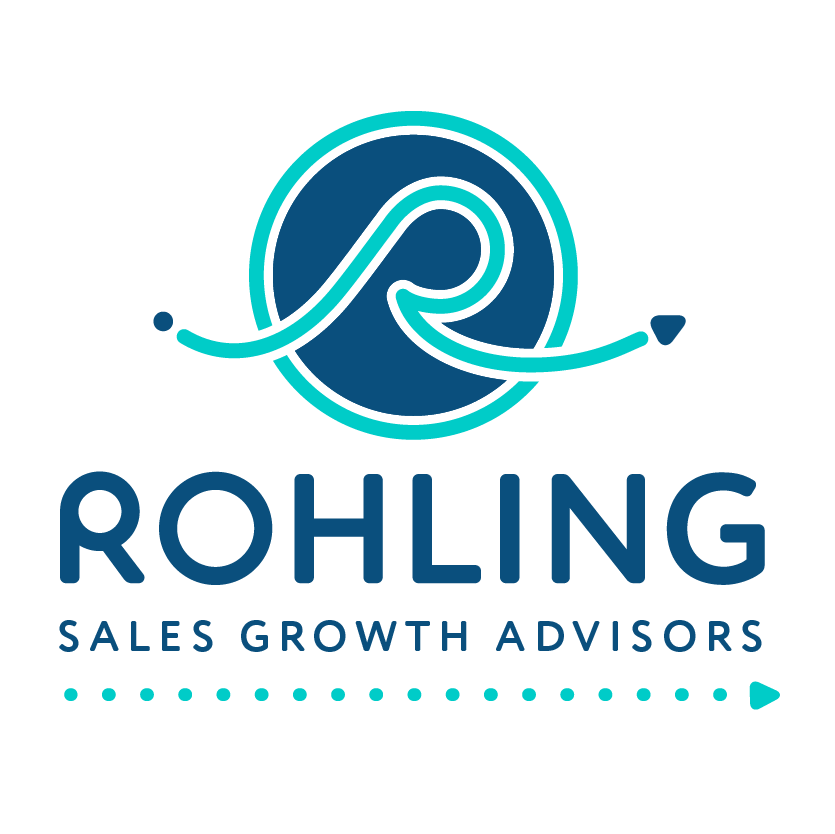Small and mid-sized businesses often share one common goal: growth. Yet many struggle because they lack the insights needed to understand their sales operations and make informed decisions about when and how to drive that growth.
Have you ever taken a moment to ask yourself how much time your sales team spends on core selling activities every day? Sales activities are the engine that drives revenue—activities such as prospecting new leads, pitching ideas, negotiating terms, and closing deals. When your team is pulled into tasks that don’t directly contribute to revenue, they risk losing focus on what they do best.
It may seem obvious, yet I often see sales teams getting sidetracked by non-sales tasks. Just like any other operational discipline, business development is challenging and demands a singular focus to drive consistent growth.
Sales and non-sales functions differ by industry and other factors unique to your business; here are some examples of each:
Sales Functions
• Proactively identifying new leads and reaching out to prospects
• Conducting product demos, client presentations, and negotiations
• Closing deals and managing client relationships
These functions are critical for generating revenue and should be the primary focus of your sales team.
On the other hand, non-sales activities, while necessary for operational support, can detract from core selling efforts.
Non-Sales Functions
• Order & Delivery: Covering order processing, delivery logistics, and estimating to ensure accurate fulfillment and cost management.
• Project Management & Purchasing: Overseeing project timelines and managing procurement to keep operations running smoothly.
• On-Going Customer Service: Providing dedicated customer service to support clients post-sale and maintain satisfaction.
All of these functions may be industry specific and require a close look at your business’s overall operations. By clearly defining these roles and aligning them with your overall go-to-market strategy, you empower your team to focus on growth while ensuring operational efficiency.
